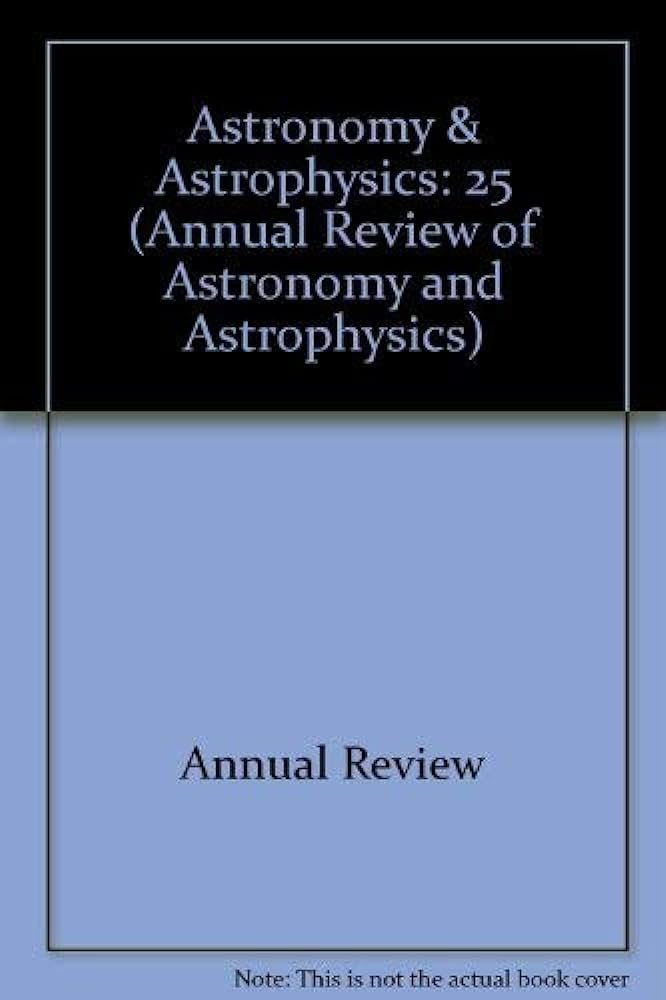类星体和星系间介质在宇宙黎明
IF 32.5
1区 物理与天体物理
Q1 ASTRONOMY & ASTROPHYSICS
Annual Review of Astronomy and Astrophysics
Pub Date : 2022-12-13
DOI:10.1146/annurev-astro-052920-102455
引用次数: 16
摘要
宇宙黎明时的类星体为宇宙中最早的超大质量黑洞(SMBH)的形成和生长、它们与星系和结构形成的联系以及再电离时代星系间介质(IGM)的演化提供了强有力的探针。在宇宙历史的前10亿年中,已经发现了数百个类星体,类星体红移边界延伸到z~7.6。在宇宙黎明时对类星体的观测显示如下:▪ 发光类星体的数量密度在z>5时呈指数级下降,这表明最早的类星体出现在z~10;它们的平均光谱能量分布缺乏强烈的演化,这表明活跃星系核环境正在迅速形成。▪ 在z>7.5时,已经存在十亿个太阳质量的黑洞;它们必须通过大量早期BH种子与高效和持续的吸积相结合,在不到700 Myr的时间内形成和生长。▪ 类星体的快速生长伴随着宿主星系中强烈的恒星形成和反馈活动,这些星系表现出不同的形态和动力学特性,典型的动力学质量低于局部BH/星系比例关系所暗示的质量。▪ 类星体光谱中的高吸收探测了z~5.3–6处宇宙再电离的尾端,并指示了6.9<z<7.6处的EoR中点,IGM电离存在较大的空间波动。对重元素吸收线的观测表明,在EoR期间,银河系周围的介质也经历了电离结构和金属富集的演变。《天文学和天体物理学年度评论》第61卷预计最终在线出版日期为2023年8月。请参阅http://www.annualreviews.org/page/journal/pubdates用于修订估算。本文章由计算机程序翻译,如有差异,请以英文原文为准。
Quasars and the Intergalactic Medium at Cosmic Dawn
Quasars at cosmic dawn provide powerful probes of the formation and growth of the earliest supermassive black holes (SMBHs) in the Universe, their connections to galaxy and structure formation, and the evolution of the intergalactic medium (IGM) at the epoch of reionization (EoR). Hundreds of quasars have been discovered in the first billion years of cosmic history, with the quasar redshift frontier extended to z ∼ 7.6. Observations of quasars at cosmic dawn show the following: ▪ The number density of luminous quasars declines exponentially at z > 5, suggesting that the earliest quasars emerge at z ∼ 10; the lack of strong evolution in their average spectral energy distribution indicates a rapid buildup of the active galactic nucleus environment. ▪ Billion-solar-mass black holes (BHs) already exist at z > 7.5; they must form and grow in less than 700 Myr, by a combination of massive early BH seeds with highly efficient and sustained accretion. ▪ The rapid quasar growth is accompanied by strong star formation and feedback activity in their host galaxies, which show diverse morphological and kinetic properties, with typical dynamical mass of lower than that implied by the local BH/galaxy scaling relations. ▪ Hi absorption in quasar spectra probes the tail end of cosmic reionization at z ∼ 5.3–6 and indicates the EoR midpoint at 6.9 < z < 7.6, with large spatial fluctuations in IGM ionization. Observations of heavy element absorption lines suggest that the circumgalactic medium also experiences evolution in its ionization structure and metal enrichment during the EoR. Expected final online publication date for the Annual Review of Astronomy and Astrophysics, Volume 61 is August 2023. Please see http://www.annualreviews.org/page/journal/pubdates for revised estimates.
求助全文
通过发布文献求助,成功后即可免费获取论文全文。
去求助
来源期刊

Annual Review of Astronomy and Astrophysics
地学天文-天文与天体物理
CiteScore
54.80
自引率
0.60%
发文量
14
期刊介绍:
The Annual Review of Astronomy and Astrophysics is covers significant developments in the field of astronomy and astrophysics including:The Sun,Solar system and extrasolar planets,Stars,Interstellar medium,Galaxy and galaxies,Active galactic nuclei,Cosmology,Instrumentation and techniques,
History of the development of new areas of research.
 求助内容:
求助内容: 应助结果提醒方式:
应助结果提醒方式:


